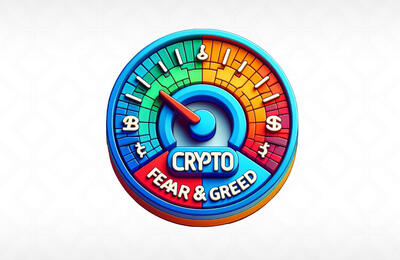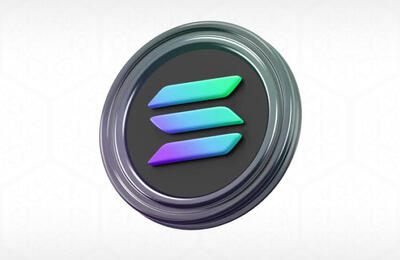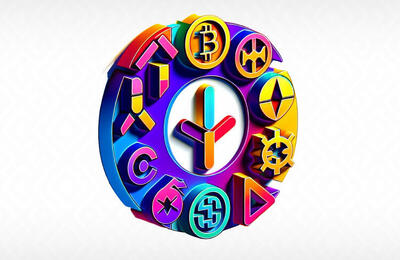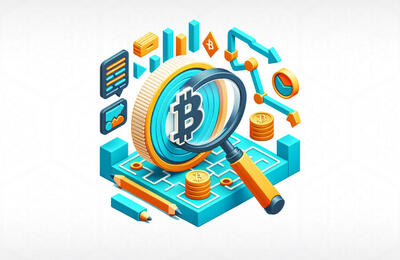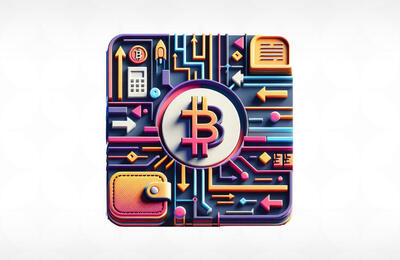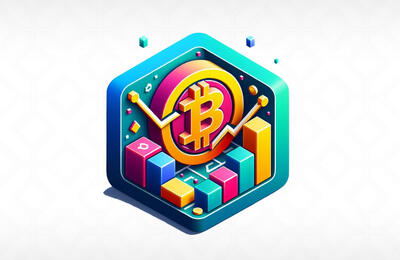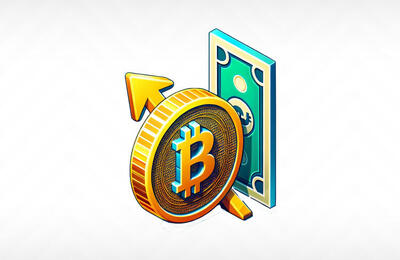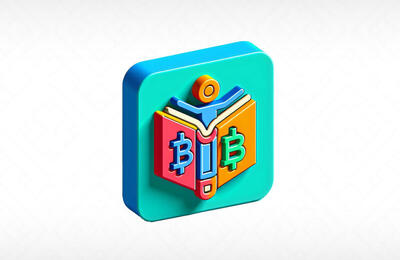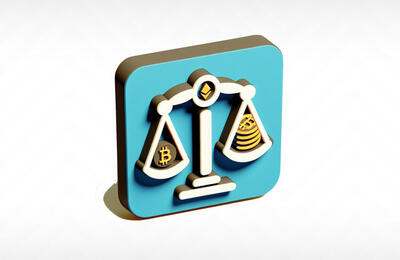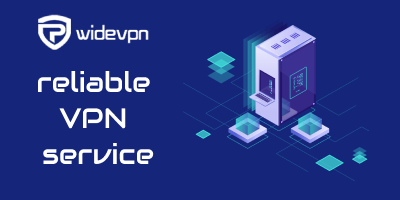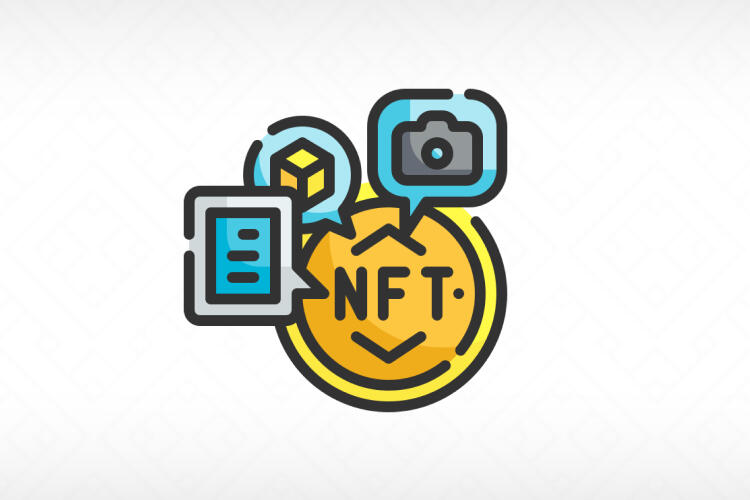
The emergence of cryptocurrency has become an impetus for the active development of the digital world. Today, only some people can be surprised with tokens on their accounts or trading on exchanges. Investors are constantly looking for new ways to increase income, and developers are thinking about how to create a cryptocurrency that will become known to the whole world.
Recently, the abbreviation NFT has become increasingly common. It is a non-fungible token that is increasingly being used for investment. Many believe that the advent of NFTs could drastically change digital art and send cryptocurrencies to the background. Let's take a look at what Non-fungible tokens are and how it affects the development of art.
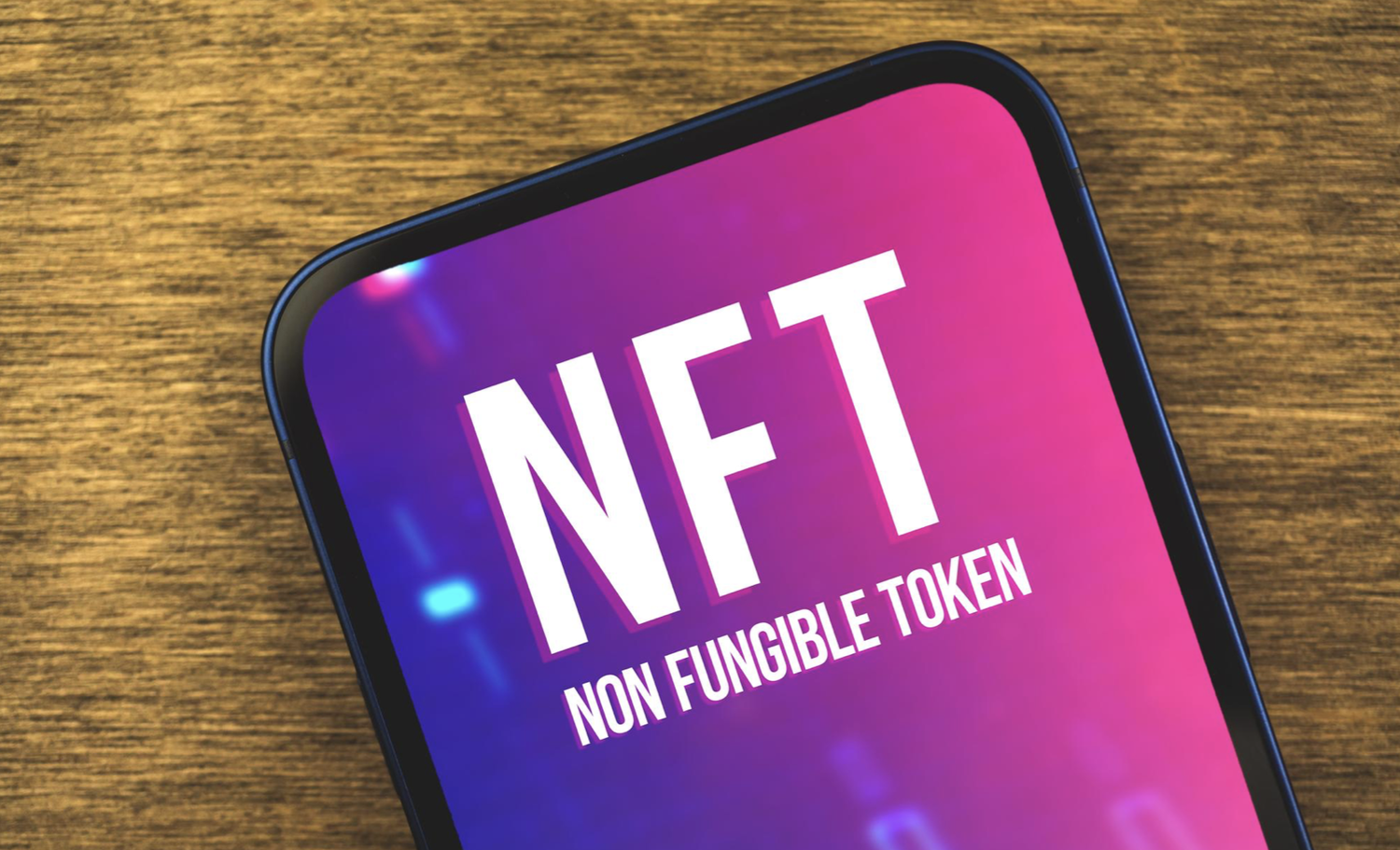
Basics of NFTs
NFT is a non-fungible token. In essence, it is a unique digital asset that gives the owner the right to own or confirms the uniqueness of the content. Each NFT has its own unique attributes that cannot be replaced by anything else.
All non-fungible tokens work on Blockchain technology, so many confuse NFT and virtual currency. You can replace Bitcoin with Ethereum. But replacing the NFT with another virtual asset will not work because the other purchase has a different value.
The main differences between tokens are:
● uniqueness;
● ownership;
● transferability.
The main feature of non-fungible tokens is that they cannot be repeated. Each has its own unique code, which cannot be recreated and repeated in the same way. The token has a unique identifier that indicates the authenticity of the work of art.
NFT gives ownership to digital art. It can be sold, donated, transferred, or exchanged. Digital ownership is recorded in the blockchain, guaranteeing all transactions' security and authenticity. It captures all transactions and lets you quickly determine who owns the token.
How NFTs are Changing Digital Art
It should be understood that Digital art is works created using digital technologies. It can be a partial application of graphic editors and various programs. Even processing a photo in an editor is digital art. Non-fungible tokens help validate and recognize Authenticity in the art world. Thus, the value of the work is significantly increased.
Separately, it should be noted that NFTs is not the art itself or the objects with which it can be created. It's not a camera, pencils, or paints. It is a financial instrument that allows users to own a work of art, and verify its authenticity and provenance. NFT is used for tokenization of works in order to get more income and increase the recognition of the author.
Non-fungible tokens have several problems. First: the difficulty of integrating NFT into the art world. Since this is a relatively new technology, artists do not always know and understand how to incorporate the token. And the second point: is speculation at the peak of interest in the NFT; many were able to sell works of art for a lot of money. Interest always causes demand, which contributed to the emergence of various frauds.
Use Cases for NFTs in Digital Art
In 2021, artist Beeple sold part of his painting for $69 million. It is the loudest and most significant moment in the NFT world. After that, many artists began to create tokens to monetize their art and make themselves known.
Non-fungible tokens are used in:
● music;
● games;
● collectibles;
● real estate;
● fashion.
All NFTs are collectibles. But some of them can bring income not only to the artist but also to the owner. For example, you can rent virtual real estate in the meta-universe.
NFTs give access to various events. You can buy a ticket to a virtual concert to enjoy your favorite artist's performance. The scope of non-fungible tokens is constantly expanding. It is an excellent opportunity to collect a collection of original items.
It is also worth considering that over the years, the cost of works of art increases. That is, this is a perfect opportunity to get passive income. The cost of a picture, song, or other NFT depends on many factors. But this is a great opportunity to become the owner of a valuable token and earn income.
Non-fungible tokens allow artists to monetize their creativity. The more people invest in NFT; the more income will be. Plus, it has a positive effect on the reputation of a personal brand.
Adoption Issues
Future trends say that the NFT space will develop rapidly. But this is not happening as fast as we would like. Non-fungible tokens face many challenges along the way.
The biggest problem is the low level of awareness. Artists need to understand how to introduce tokens into their works, and users need to know why crypto art is required fully. The concern of low awareness can be solved by creating educational materials and platforms that will show users why NFTs are needed, and those who create art will be able to figure out how to use tokens correctly.
There is also the issue of scaling and stability. Interest in NFTs is constantly growing, and the load on the blockchain is increasing accordingly. Because of this, difficulties may arise in the operation of the system, which causes dissatisfaction among users. Using sustainable platforms will avoid congestion and improve the overall health of non-fungible tokens.
Value volatility also complicates the adoption of NFTs. New pricing models will help make tokens more predictable and significantly reduce the amount of speculation on virtual assets.
The Future of NFT in Digital Art
NFT is already having a significant impact on the digital art market. Tokens allow artists to realize themselves regardless of gender, race, or age. Thanks to this, in the future, we will be able to see many notable works from people who cannot express themselves today due to sexism, racism, and other prejudices.
Non-fungible tokens have considerable potential to change the meta-universe. Innovation allows you to create realistic graphics and imitate natural sounds. It will fundamentally change the gaming industry and allow you to create fantastic locations.
NFT allows artists to increase control over their works and promote them. Classical exhibitions and museums will likely disappear; instead, there will be unique platforms to enjoy digital art.
The changes that NFT has brought to the world of digital art look very promising. It gave impetus to creating new works and helped novice artists believe in themselves. It is a great start that sets the bar relatively high.
Non-fungible tokens will likely become a good tool for digitalizing art. Today they help artists earn, increase popularity, and identify themselves as authors. NFTs are changing the idea of ownership and allow you to verify the authenticity of work quickly.


